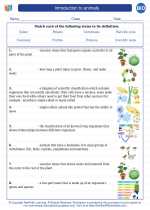Methane
Methane is a chemical compound with the molecular formula CH4. It is a colorless, odorless gas and is the simplest alkane. Methane is a significant greenhouse gas and is also a key component in natural gas. It is formed naturally by the anaerobic decomposition of organic matter and is a byproduct of various human activities including the production and transport of natural gas, as well as livestock farming.
Chemical Structure
The molecular structure of methane consists of a central carbon atom bonded to four hydrogen atoms. The carbon atom is tetrahedral in shape, with the hydrogen atoms positioned at the four corners of the tetrahedron.
Physical Properties
- Molecular Formula: CH4
- Molar Mass: 16.04 g/mol
- Boiling Point: -161.5°C (-258.7°F)
- Melting Point: -182.5°C (-296.5°F)
- Density: 0.717 kg/m3
Uses of Methane
Methane has several important uses, including:
- As a fuel for heating and generating electricity
- As a feedstock for the production of chemicals such as hydrogen and methanol
- As a source of energy in the form of natural gas
Environmental Impact
While methane is a valuable resource, it is also a potent greenhouse gas, with a much higher global warming potential than carbon dioxide. Methane emissions contribute to climate change and efforts are being made to reduce these emissions through better management of waste and agricultural activities.
Study Guide
When studying methane, it's important to understand its chemical structure, physical properties, uses, and environmental impact. Here are some key points to focus on:
- Describe the molecular structure of methane and explain its bonding arrangement.
- Discuss the physical properties of methane, including its molar mass, boiling point, melting point, and density.
- Explain the various uses of methane and its importance as a fuel and feedstock.
- Analyze the environmental impact of methane and its role in climate change.
Understanding the role of methane in the environment and its importance as a resource is essential for a comprehensive study of this compound.
[Methane] Related Worksheets and Study Guides:
.◂Biology Worksheets and Study Guides High School. Introduction to animals
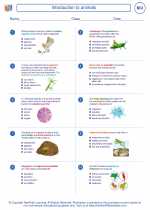
 Worksheet/Answer key
Worksheet/Answer key
 Worksheet/Answer key
Worksheet/Answer key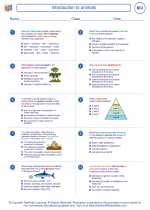
 Worksheet/Answer key
Worksheet/Answer key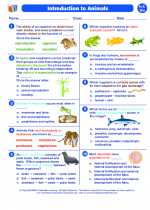
 Vocabulary/Answer key
Vocabulary/Answer key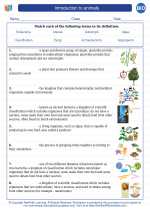
 Vocabulary/Answer key
Vocabulary/Answer key
 Vocabulary/Answer key
Vocabulary/Answer key